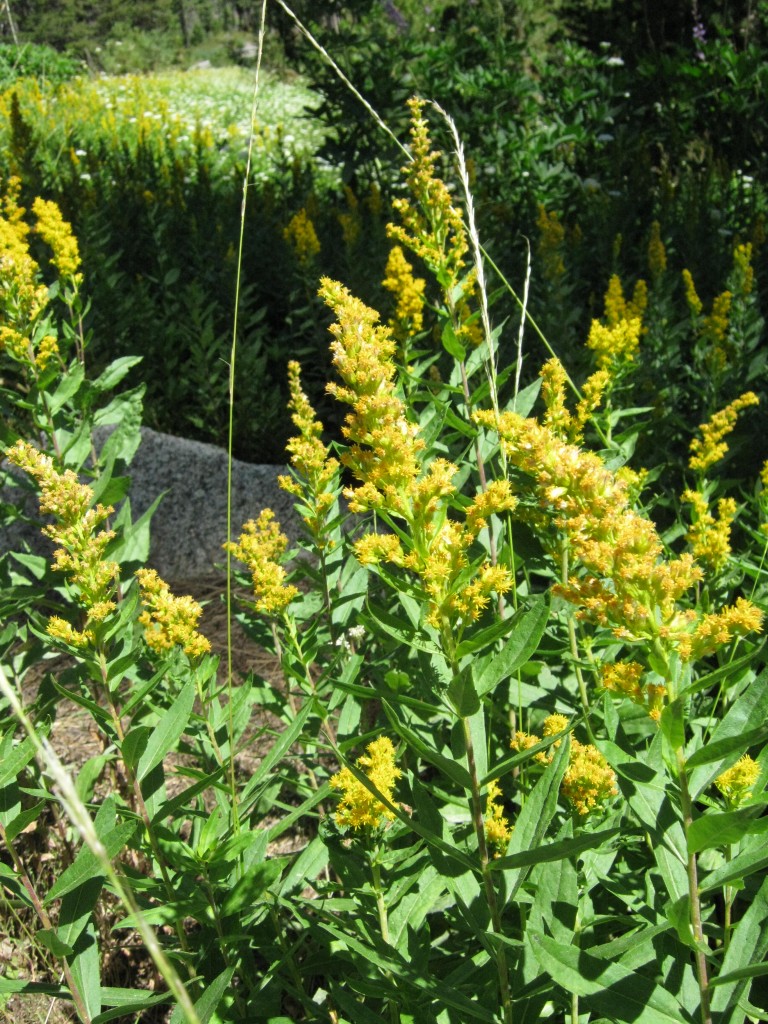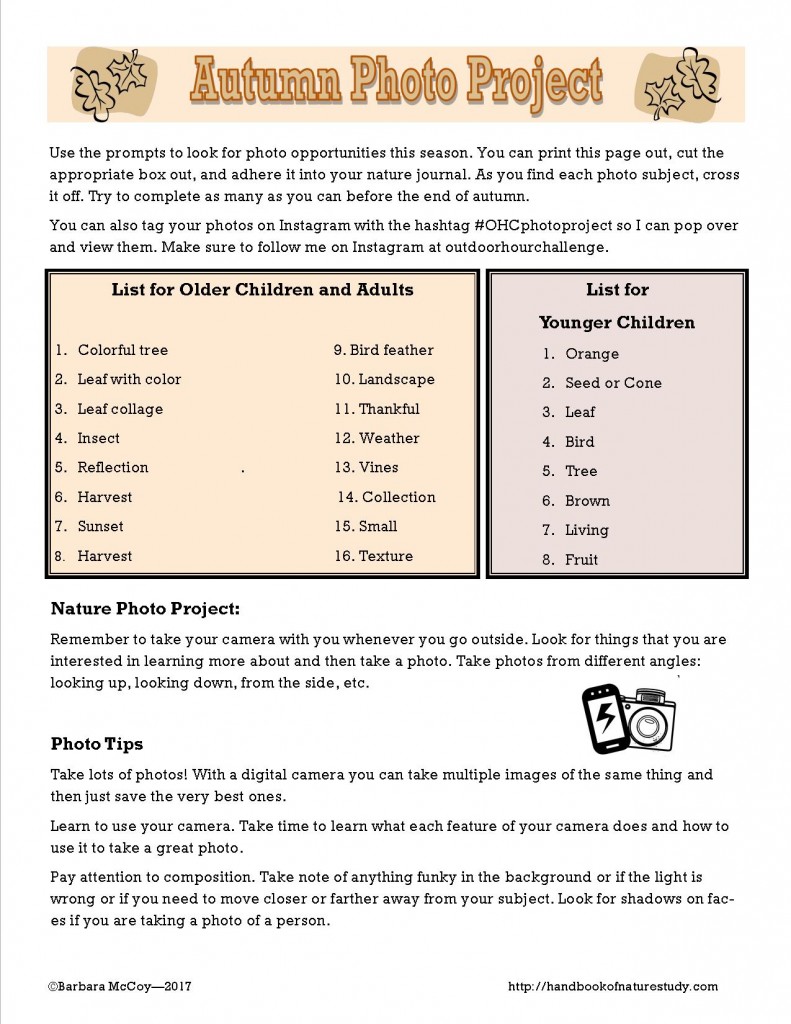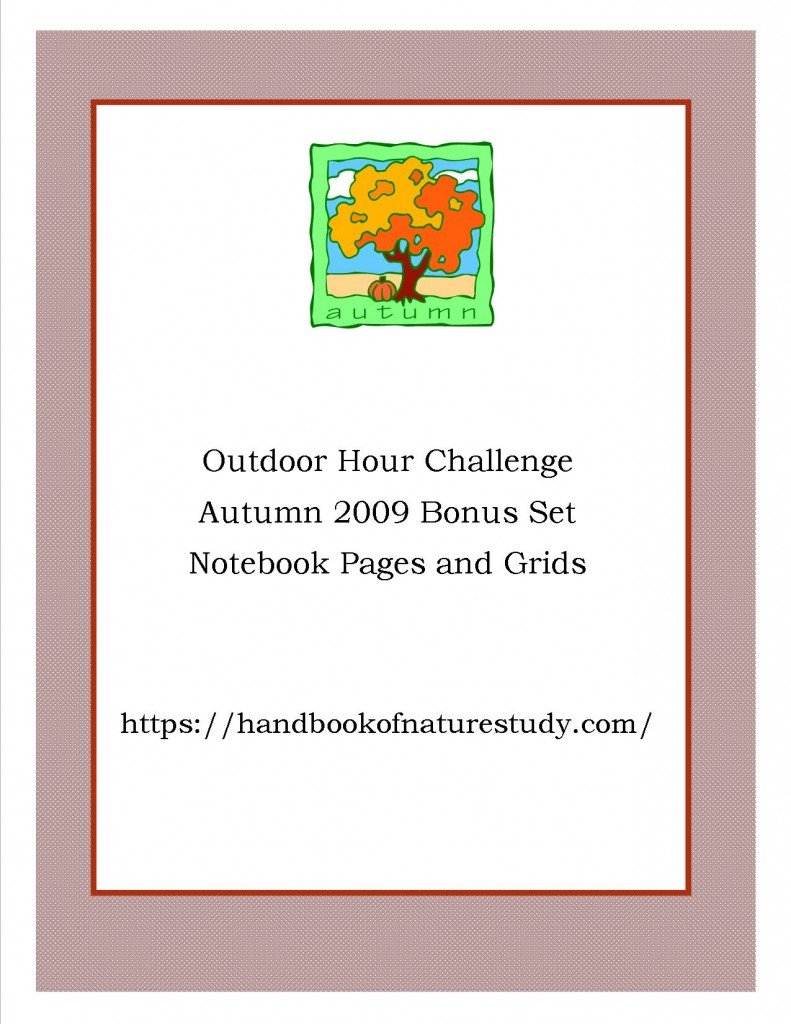Mushrooms! Fungus! Molds! Ask my children and they will tell you that I am fascinated with these things when we find them during our outdoor time. They even call me very affectionately the “Fungus Lady”.
I found this video during our last study of mushrooms and I would love for you to watch it in order to prepare you for your study of mushrooms. This video is very well done and will help your children understand how a mushroom grows.
Planet Earth: Mushroom Madness
You will need to click over to YouTube.com to view this video. Please note: Turn down the sound if the music is too much for you. As always, please preview the video on YouTube and I do not endorse any other video that may come up after this one. There are some questionable videos about mushrooms.
If you do not think you will observe any mushrooms during your Outdoor Time, you can still complete the Inside Preparation work as a way to be ready the next time you do see a mushroom.
Outdoor Hour Challenge
Autumn Series #9 Mushrooms
(See Also Challenge #41)
Inside Preparation Work
Mushrooms and Other Fungi-read the overview starting on page 714 and continuing to page 719. Page 719 shows the parts of a mushroom with labels.
Outdoor Hour Time
The ideal study of ferns, mushrooms, and fungi would be to experience them outdoors in their natural habitat. Use your 15 to 20 minutes of outdoor time this week to enjoy a search for some kind of mushroom. Your particular area may not have these subjects readily at hand but let your friends, family, and neighbors know that you are studying mushrooms and with more pairs of eyes looking you may be able to find something to study up close.
Enjoy your time outdoors whether you can find this week’s subject or not. Remember to look at the sky and comment on the weather. Take time to notice your tree from your year long tree study. Collect a few items to take inside to sketch into your nature journal. Just because the topic of this challenge is mushrooms, you do not have to limit yourself to that narrow focus during your 15 to 20 minutes of outdoor time.
Follow-Up Activity
Spend a few minutes once inside to discuss your experiences from your nature walk.Are there questions that need to be answered or items that need to be identified? Make a note of any topics that come up that you can research further in the Handbook of Nature Study or at your local library.
Make an opportunity for a nature journal entry. The diagrams on pages 695 and 719 could be sketched into the nature journal. I have created a notebook page for you to use in your nature journal to record your mushroom observations and it is listed in the free downloads section of the sidebar of my blog.
“Since mushrooms are especially good subjects for watercolor and pencil studies, it would add much to the interest of the work if each pupil, or the school as a whole, should make a portfolio of sketches of all the species found. With each drawing there should be made on a supplementary sheet a spore print of the species.”
Handbook of Nature Study, page 718
Spore prints are another idea for an activity following up the mushroom study. I would only do this activity with older students who truly understand that mushrooms can be poisonous.
Here are some instructions you can download: Mushroom Spore Prints or this blog entry.
You can use the provided notebook page to sketch a mushroom that you observed during your Outdoor Time or you can use it to copy the sketch from page 719 in the Handbook of Nature Study, labeling the different parts of a mushroom.










































